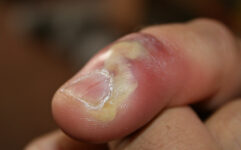
In this episode 2nd-year medical student Mauz Asghar from the University of Saskatchewan, will be talking about Herpetic Whitlow infection. After list…
Continue reading
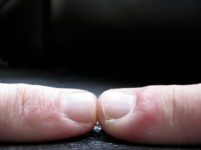
After listening to today’s podcast learners should be able to: 1. Identify the key features on history and physical examination of felon …
Continue reading
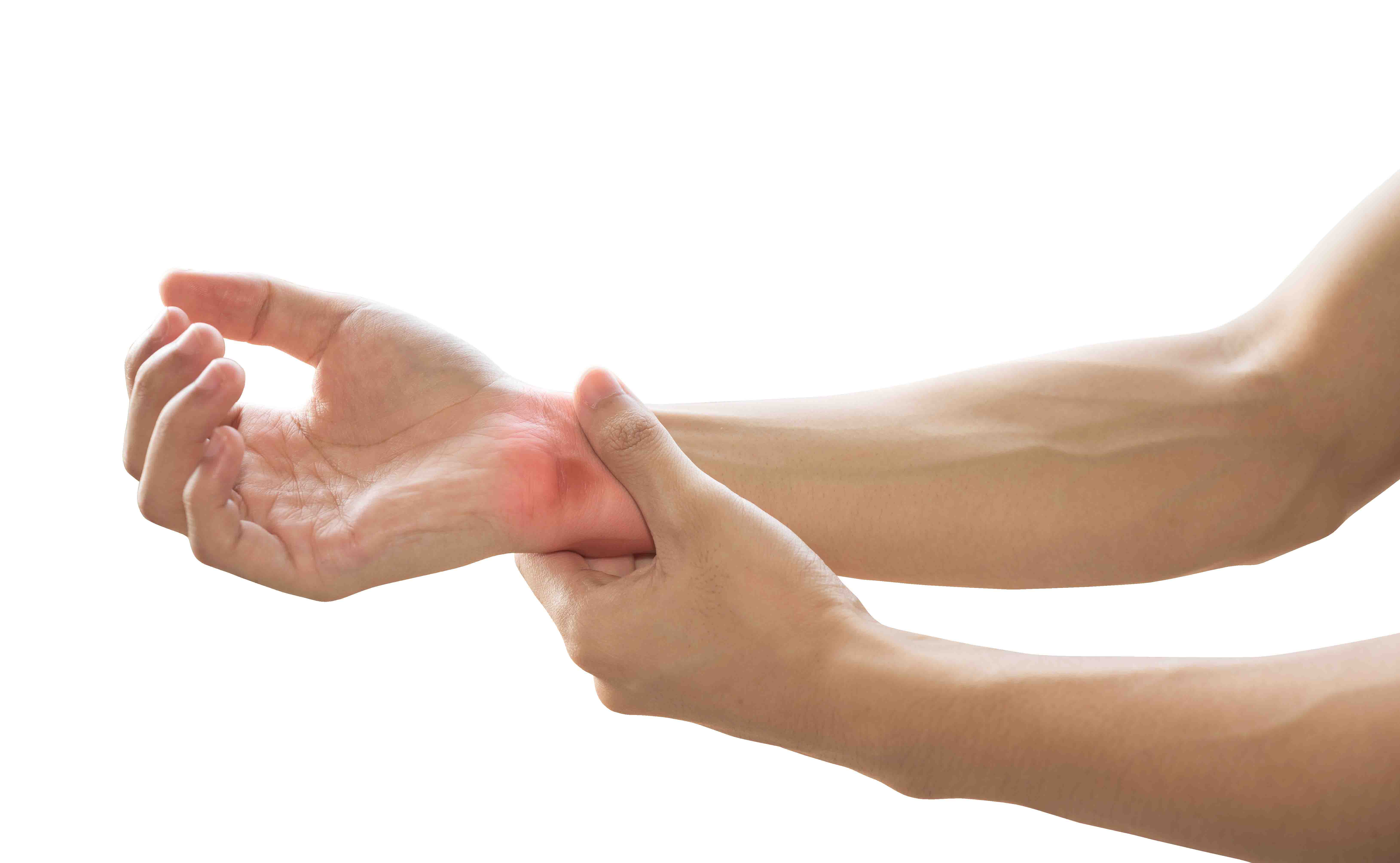
After listening to this episode, learners should be able to: • Describe the typical clinical presentation of distal radius fractures • Outline the dia…
Continue reading
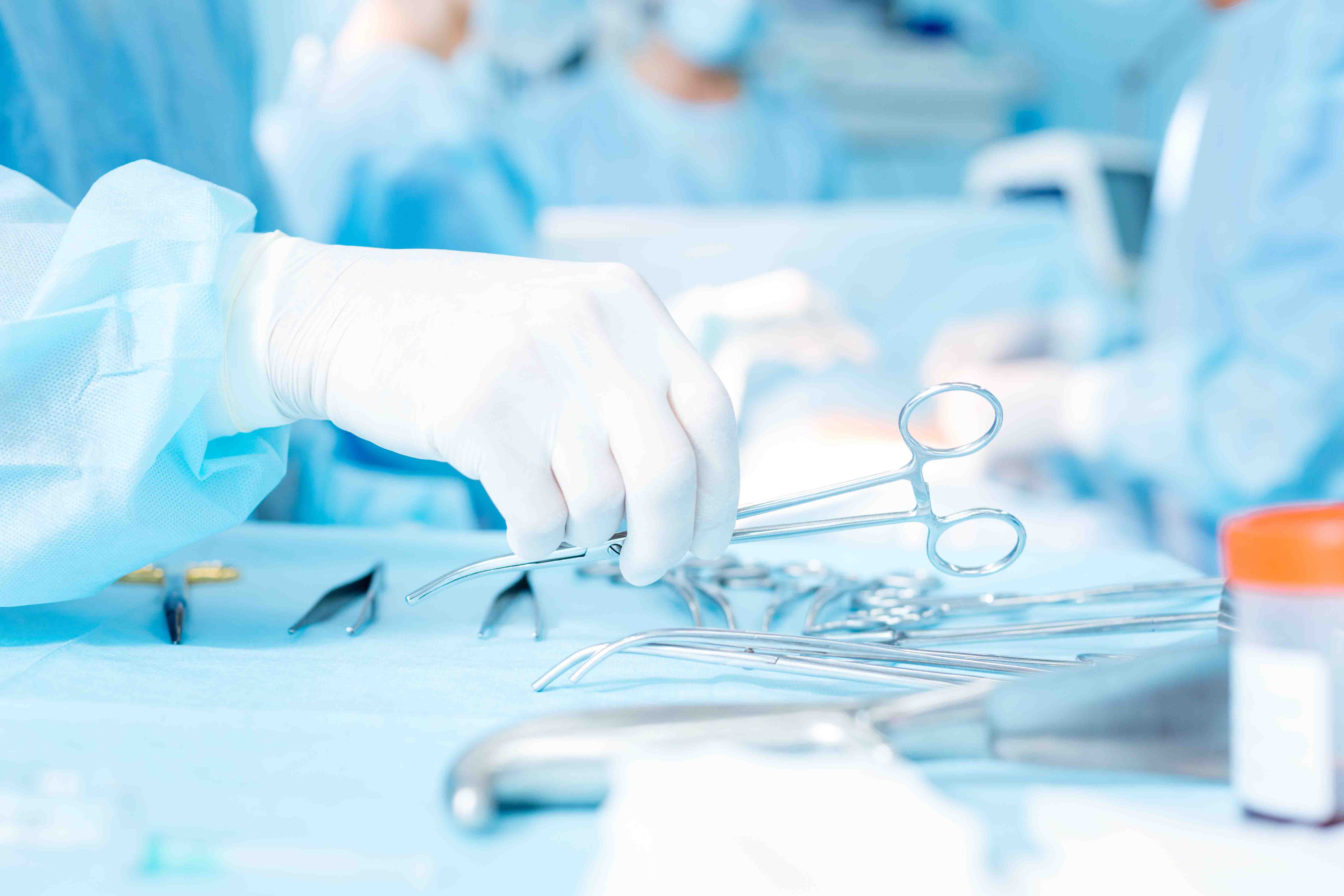
After listening to this episode, learners will be able to: • Describe what a composite tissue flap is. • Broadly describe the different ways of catego…
Continue reading
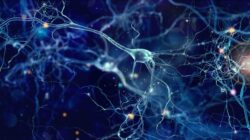
After listening to this episode, learners will be able to: • Differentiate the timing of repair for nerve injuries taking into account the acuity and …
Continue reading

After listening to this first episode, learners will be able to: • Describe the basic anatomy and physiology of nerves. • Describe what Wallerian dege…
Continue reading
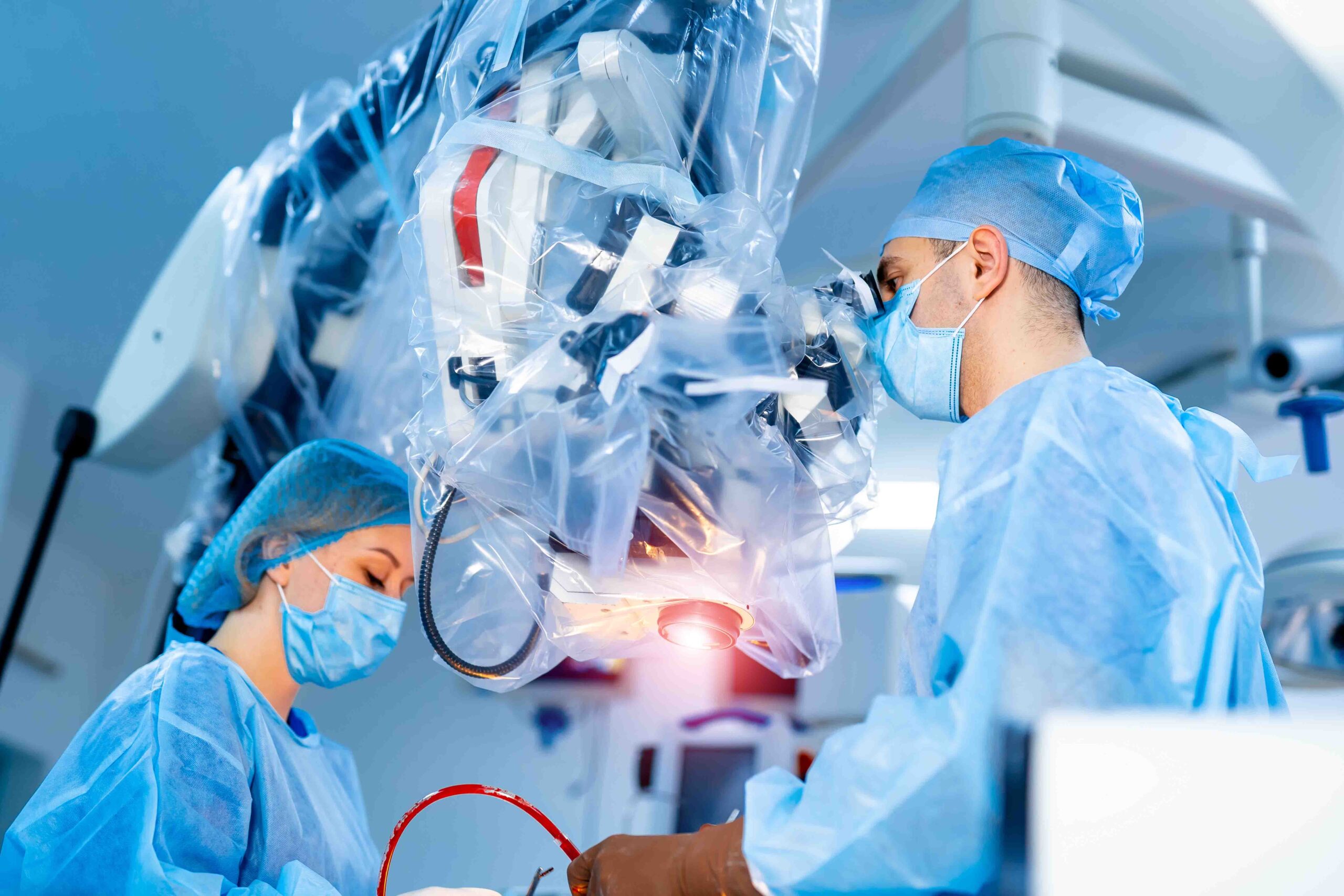
After listening to this first episode, learners will be able to: • Define what microsurgery is and provide examples of its applications. • Describe th…
Continue reading
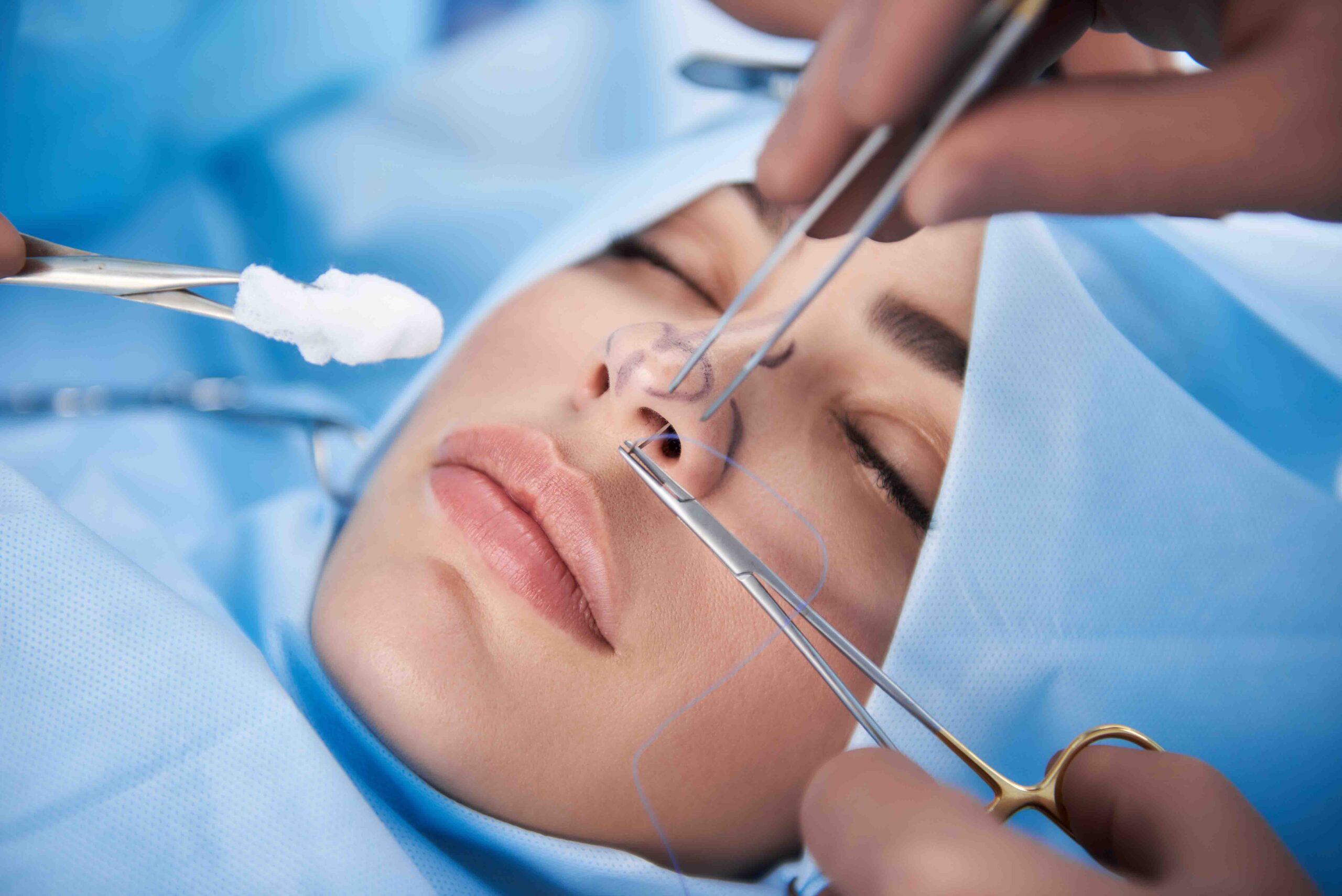
By the end of this episode, you will be able to: Identify the various indications of rhinoplasty. Recognize the nasal anatomy that is being manipulat…
Continue reading
By the end of today’s episode, the learner will be able to: Describe Surgical approaches used for male gender affirming surgery, including metoidiopla…
Continue reading
By the end of today’s episode, the learner will be able to: Describe the pre-operative considerations relating to gender affirming surgery Outline the…
Continue reading
By the end of today’s episode, the learner will be able to: Describe basic terms relating to about the transgender community Comfortably use inclusive…
Continue reading
After listening to this episode, learners should be able to: Describe the typical clinical presentation of De Quervain’s Tenosynovitis Explain t…
Continue reading
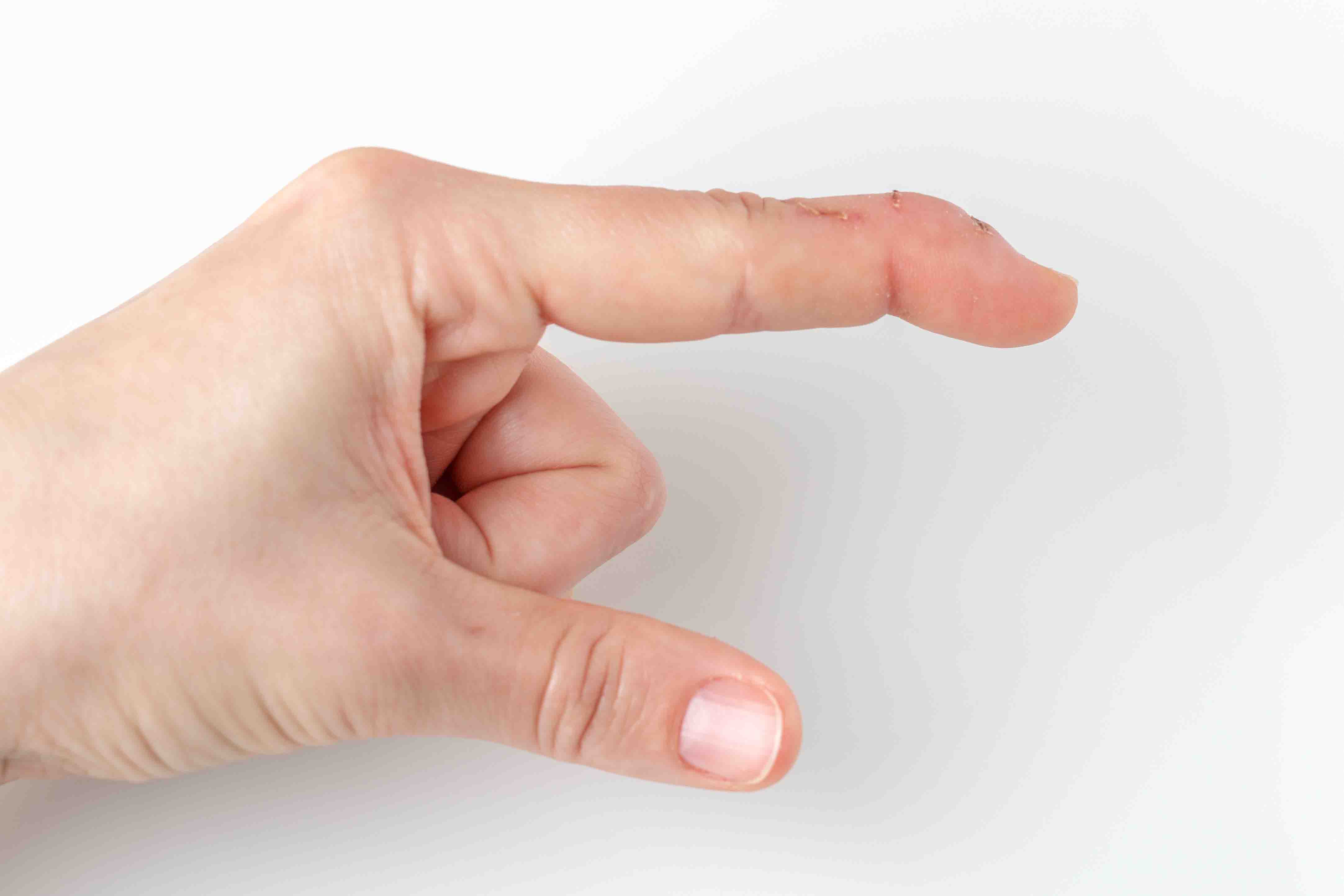
After listening to this episode, learners should be able to: • Describe the typical clinical presentation of mallet finger • Explain the pathophysiolo…
Continue reading
After listening to this episode, learners should be able to: Describe the typical clinical presentation of Dupuytren’s contracture Explain the pathoph…
Continue reading
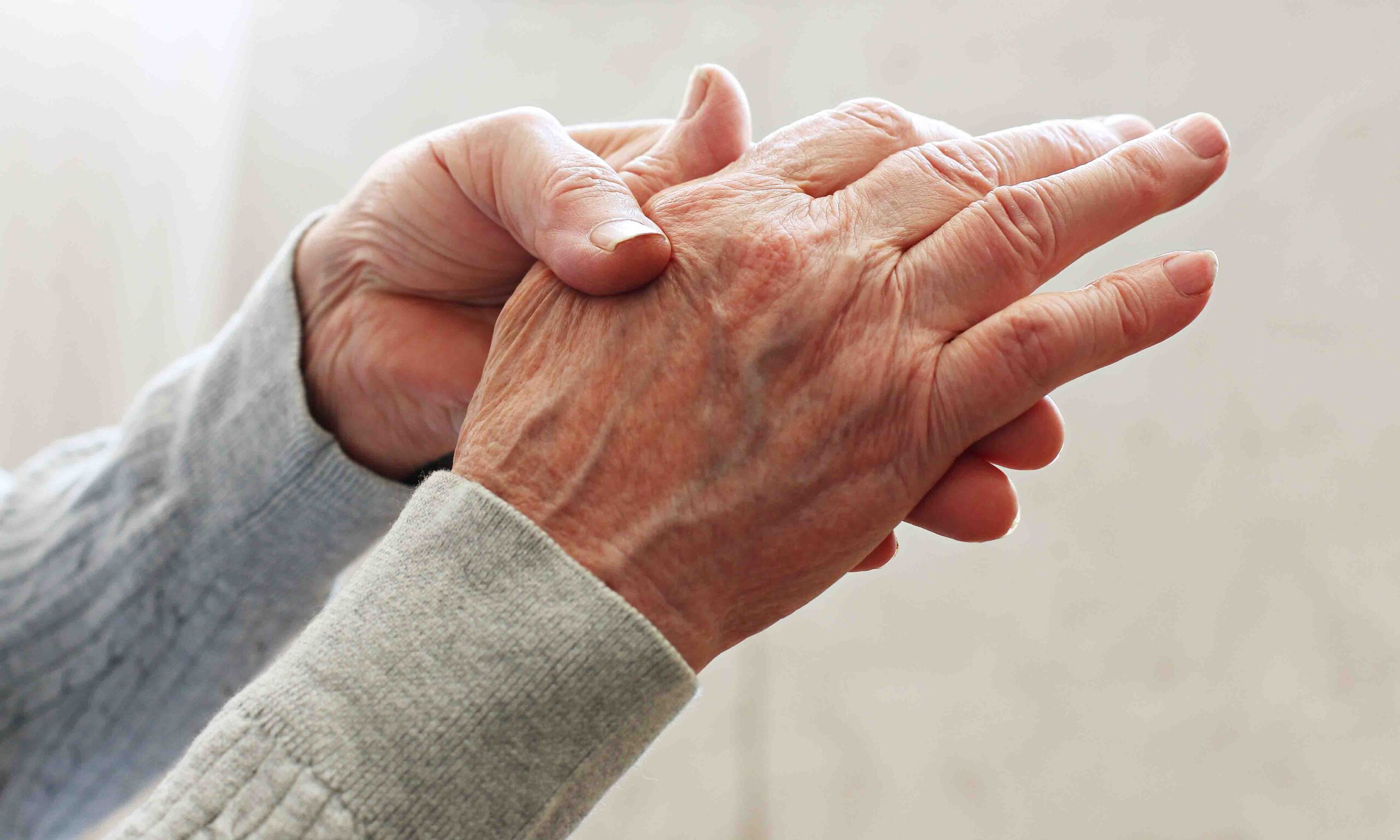
After listening to this episode, learners should be able to: Describe the typical clinical presentation of trigger finger Explain the pathophysiology …
Continue reading

By the end of this podcast, you will be able to: 1) Identify key features on history and physical examination suggestive of an extensor tendon injury;…
Continue reading

By the end of this podcast, you should be able to: 1. Identify key features on history and physical examination suggestive of flexor tendon injury; 2.…
Continue reading

By the end of this podcast, the listener should be able to: 1) Identify key features on history and physical examination suggestive of proximal metaca…
Continue reading

By the end of this podcast, you should be able to: 1) Identify key features on history and physical examination suggestive of metacarpal fractures; 2)…
Continue reading

After listening to this episode, learners will be able to: 1. Describe key structures relevant to the management of a nail bed injury; 2. List key fea…
Continue reading

To help you learn how to assess an amputation, determine the feasibility of replantation and predict post-operative functional outcomes of a replanted…
Continue reading
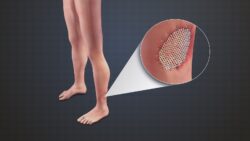
After listening to this episode, learners will be able to: Describe the basic physiology of skin grafts. List the indications for skin grafting. Expla…
Continue reading
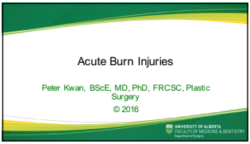
In this episode, Dr. Kwan, a plastic surgeon from the University of Alberta, discusses acute burn injuries. After listening to this episode, learners …
Continue reading
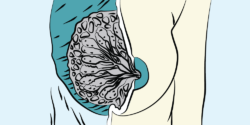
In this episode of Surgery 101, 3rd year medical student, Mieke Heyns will discuss Breast reduction surgery. After listening to this podcast you shoul…
Continue reading
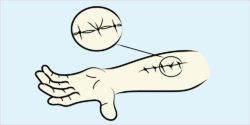
In this podcast Dr. Adil Ladak, a Plastic Surgeon at the University of Alberta, discusses Hand Injuries. After listening to this podcast you should be…
Continue reading

In this episode, Dr. Paul Schembri, a plastic surgeon from the University of Alberta discussed Flexor Tenosynovitis. After listening to this episode, …
Continue reading
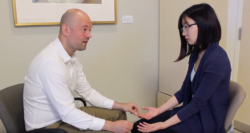
In this video Dr. James Wolfli, a plastic surgeon at the University of Alberta, demonstrates how to give a complete physical examination of the hand. …
Continue reading

In this episode, Dr. Paul Schembri, a plastic surgeon from the University of Alberta explains Necrotizing Skin and Soft Tissue Infections. After liste…
Continue reading
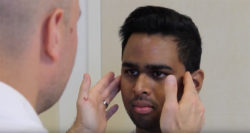
In this video Dr. James Wolfli, a plastic surgeon at the University of Alberta, demonstrates how to give a complete physical examination of the face. …
Continue reading

In this episode of Surgery 101 we are joined by Dr. James Wolfli, a Plastic Surgeon from the University of Alberta, who will be discussing Wounds and …
Continue reading

In this episode we are joined by Dr. Aya Musbahi, a General Surgery trainee from Newcastle, United Kingdom, who will be talking about the use of wound…
Continue reading

In this episode, Kevin Mowbrey discusses the basic management of a patient with a wound. After listening to this episode, learners will be able to: de…
Continue reading

In this episode, Kevin Mowbrey discusses the physiology of wound healing. After listening to this episode, learners will be able to: outline how the b…
Continue reading

In this episode, Dr Jaret Olson discusses the conditions of cleft lip and palate. Learning points include: inheritance patterns of the conditions mana…
Continue reading



















